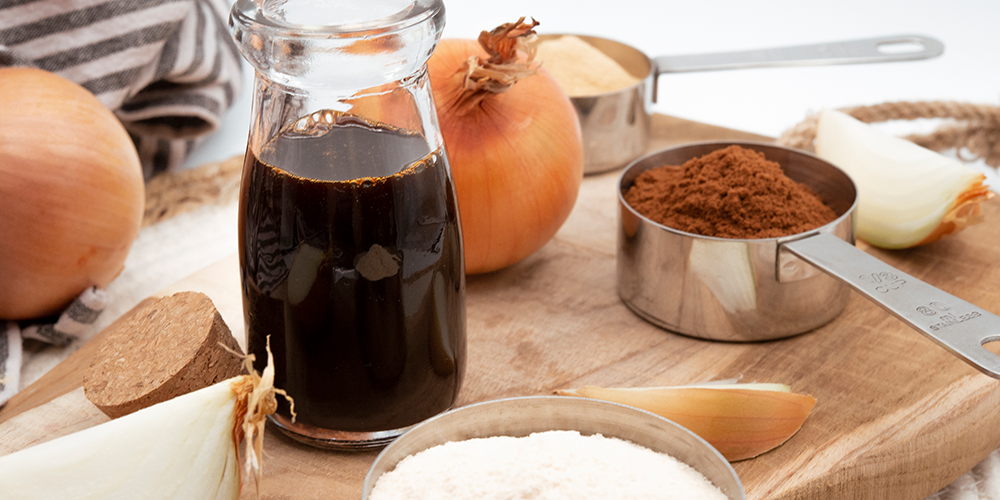Plant-based meat products are getting increasingly popular. Vegetarians, flexitarians, and (also) meat eaters alike include them into their diet. As these products are gradually closing the gap with real meat, mouth watering taste plays an essential role to stand out from competition and make customers want more.
An appealing plant protein goes beyond taste. Other factors like texture, appearance and nutrition play an important role too. At the same time, taste drives the liking as the no.1 factor of liking and for this reason deserves the lion’s share of our attention.
Overall, it takes three steps to make plant proteins taste great:







